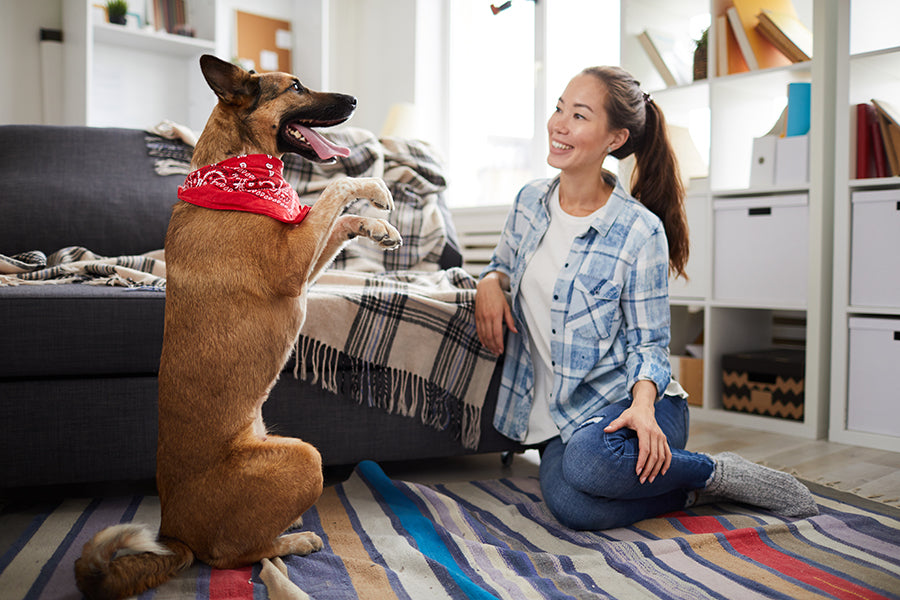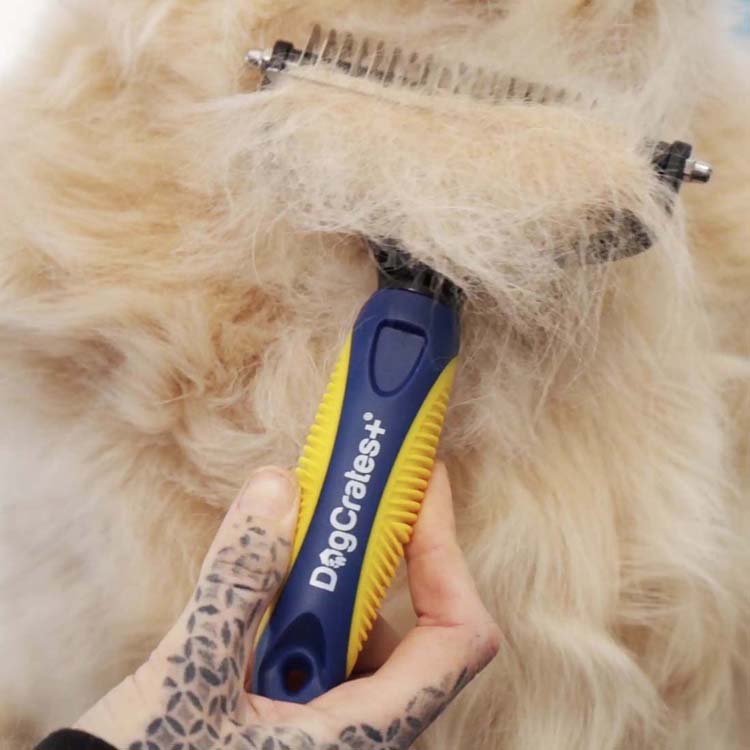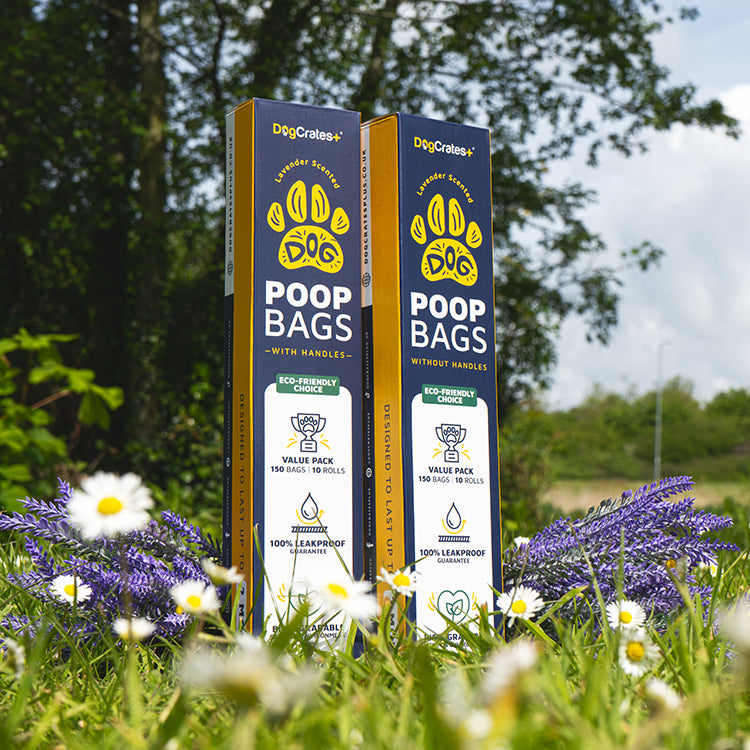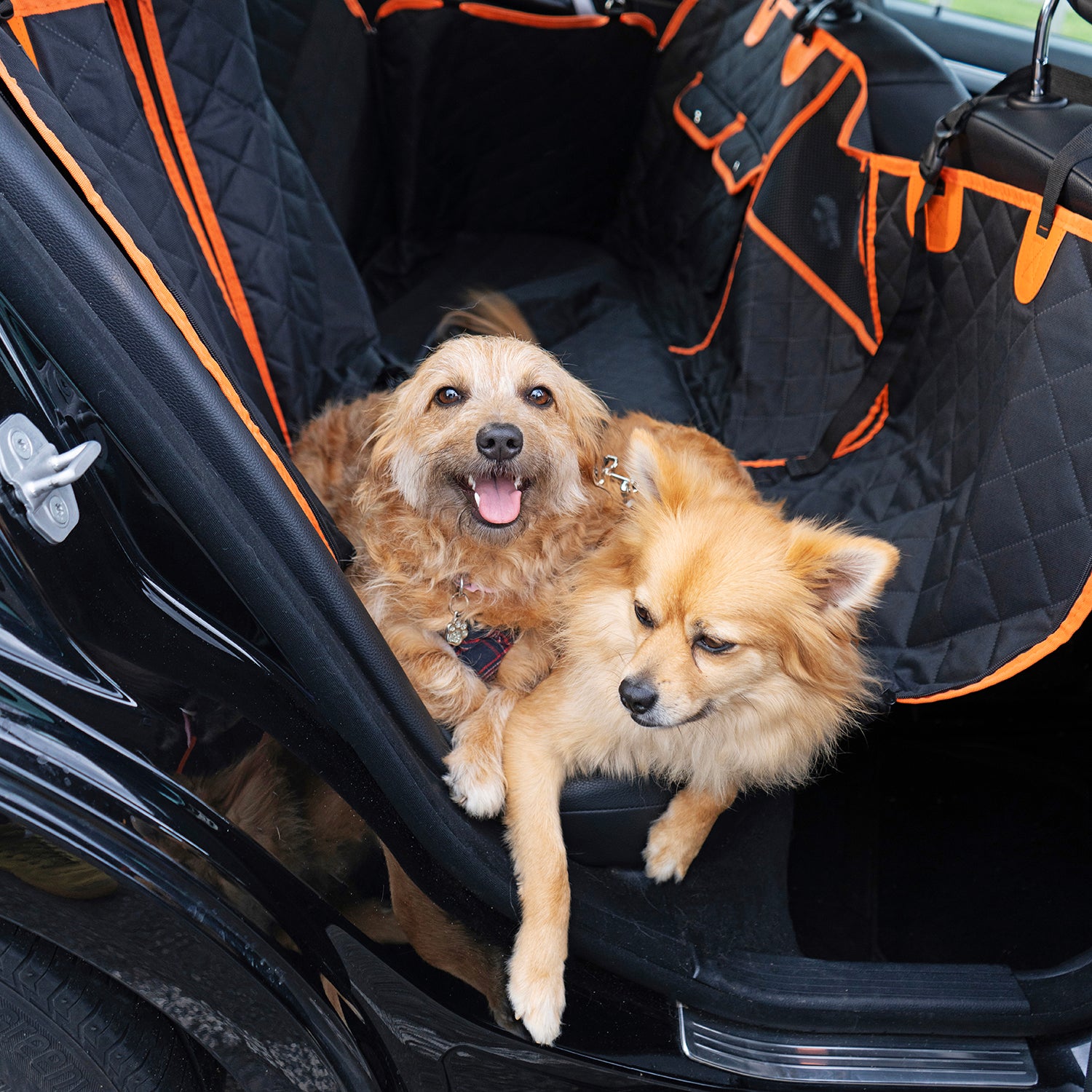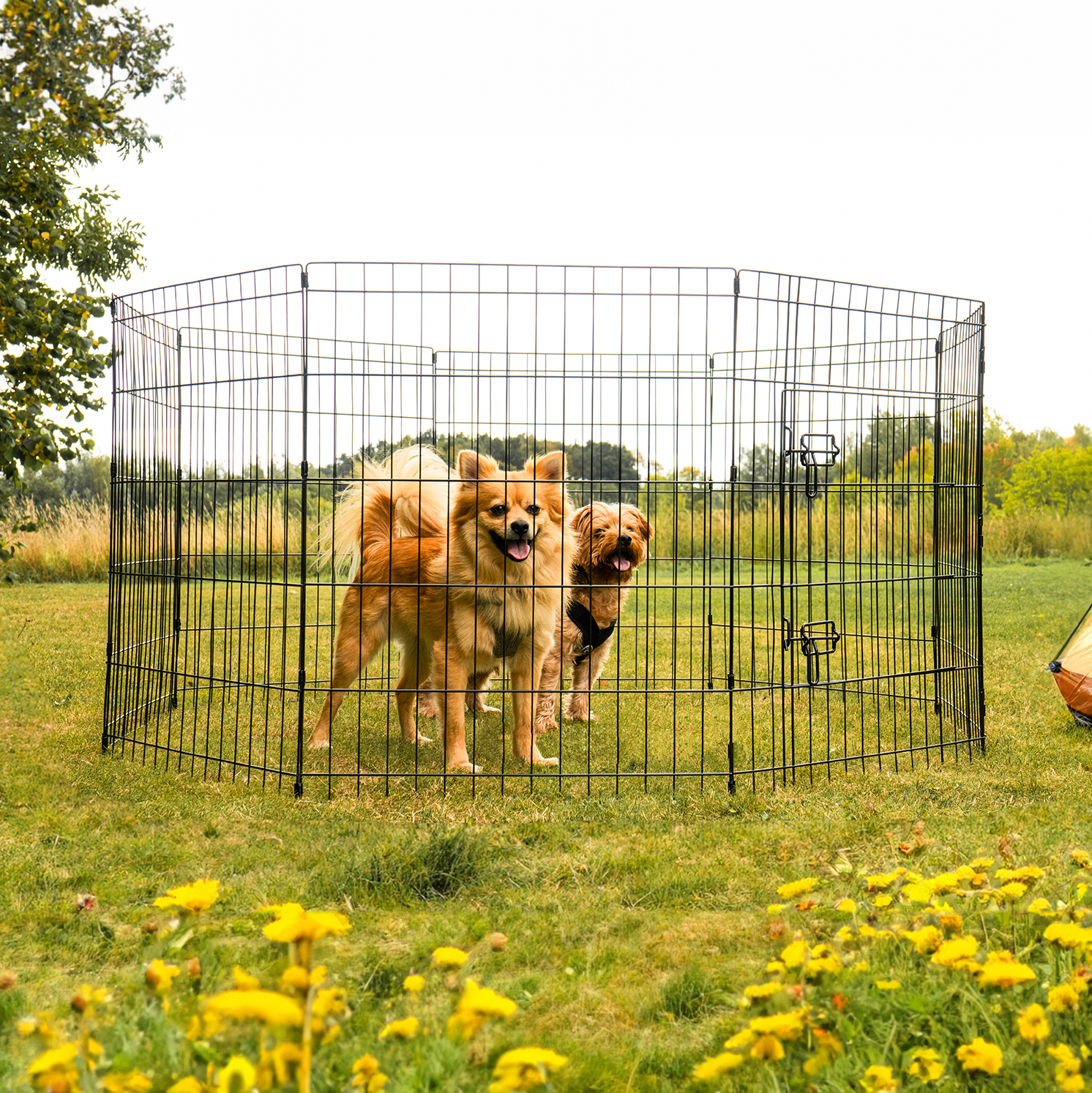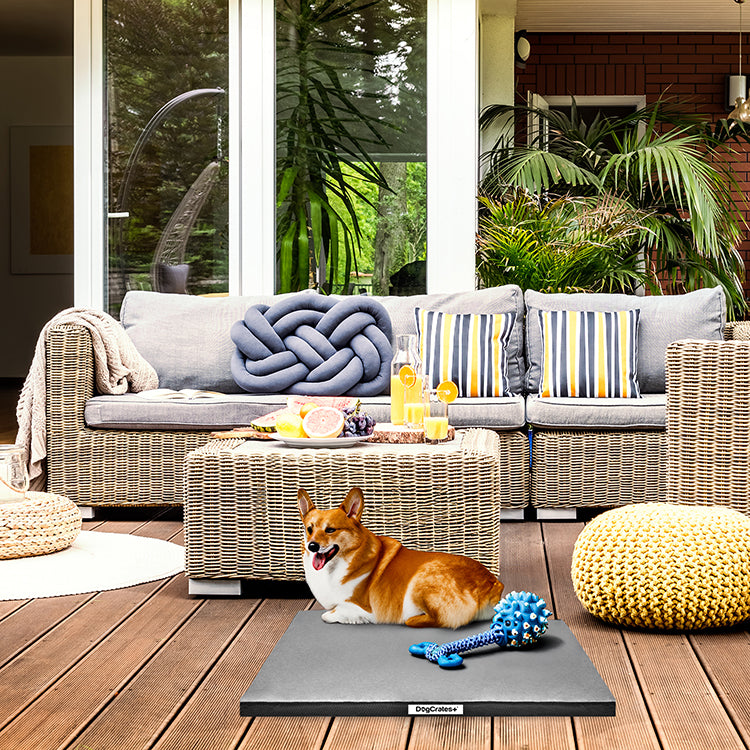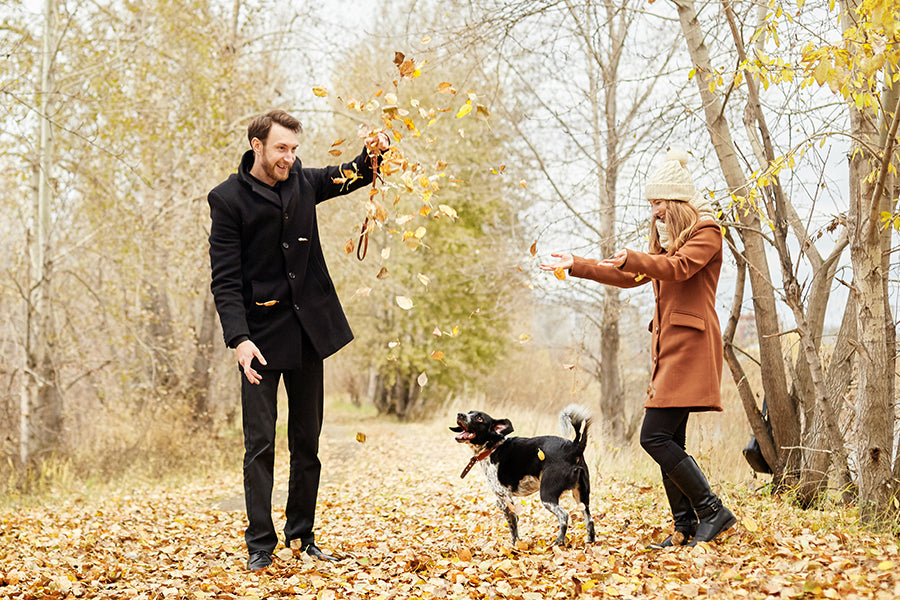Understanding and interpreting your dog's body language is a vital skill for any dog owner. Dogs communicate primarily through nonverbal cues, such as posture, facial expressions, and tail wagging. Misreading these signals can lead to misunderstandings and even conflicts. In this guide, we will delve into the intricate language of dogs, providing valuable insights and tips for responsible dog ownership.
1. Tail Wagging:
Contrary to popular belief, a wagging tail doesn't always mean a happy dog. The speed, direction, and position of the wag can indicate various emotions. A slow, side-to-side wag suggests relaxation, while a fast, twitch-like wag may indicate heightened arousal, potentially in a negative way.
Tip: Observe your dog's tail movements regularly to understand their emotional state better.
2. Raised Hackles:
Raised hackles are a sign of arousal but not necessarily aggression. A dog might be excited or intensely interested in something, causing the fur along their back to stand up.
Tip: Consider the context when you notice raised hackles, and assess your dog's overall behavior.
3. Posture:
A dog's posture reveals a lot about its mood and intentions. A cowering dog signals fear or stress, while a dog with its weight shifted forward might be displaying offensive intentions. The play bow, where a dog lowers its chest with its rump in the air, signifies an invitation to play.
Tip: Pay attention to your dog's body posture during interactions to gauge their comfort level.
4. Facial Expressions:
Dogs use facial expressions to convey emotions, although differently from humans. Yawning and lip-licking can indicate stress, while a submissive grin with exposed front teeth signifies a relaxed, friendly demeanor.
Tip: Practice observing your dog's facial expressions in different situations to understand their feelings.
5. Key Messages from Your Dog:
Understanding your dog's messages is crucial for effective communication. Dogs communicate their emotional state and intentions through various signals. Here are eight key messages your dog might be sending:
- Relaxed and Approachable: Indicates contentment and approachability.
- Alert - Checking Things Out: Shows attentiveness and curiosity.
- Dominant Aggressive: Signifies confidence and potential aggression if challenged.
- Fearful and Aggressive: Indicates fear and a possible aggressive response.
- Stressed and Distressed: Broadcasts general stress without a specific target.
- Fearful and Worried: Displays submission to avoid conflict or challenges.
- Extreme Fear - Total Submission: Indicates complete surrender to avoid confrontation.
- Playfulness: Invites play and interaction, often accompanied by excited behavior.
Tip: Learn to recognize these messages to respond appropriately to your dog's needs and emotions.
Where to Seek More Information and Advice:
- Professional Dog Trainers and Behaviorists: Enlist the help of certified dog trainers and behaviorists who specialize in canine communication. They can provide personalized guidance tailored to your dog's specific needs.
- Veterinarians: Consult your veterinarian for advice on your dog's behavior. They can rule out any underlying medical issues that might be influencing your dog's actions.
- Online Resources: Explore reputable websites, forums, and blogs dedicated to dog behavior and training. Websites like the American Kennel Club (AKC) and the Association of Professional Dog Trainers (APDT) offer articles and resources on understanding dog behavior.
- Local Pet Communities: Join local pet clubs, social media groups, or attend dog-related events in your area. Engaging with other dog owners can provide valuable insights and shared experiences.
- Books and Publications: There are numerous books written by experts in canine behavior that delve into the nuances of dog body language. Consider reading books such as "The Other End of the Leash" by Patricia McConnell or "How to Speak Dog" by Stanley Coren for in-depth knowledge.
Remember, every dog is unique, so observing and understanding your individual dog's body language is key to fostering a strong bond and positive communication.
Discover the Pawfect Products for Your Furry Friend - Browse our selection and find the ideal match for your dog’s needs - https://www.dogcratesplus.co.uk/

